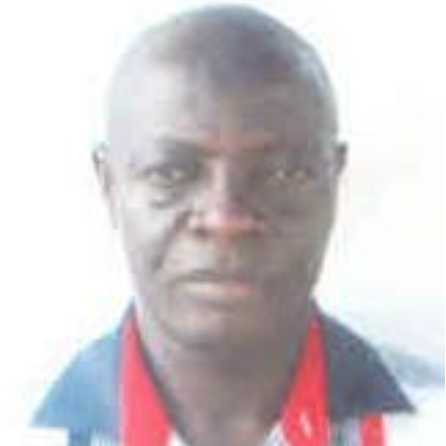
Oseni O. F.
Work place: Department of Electronic and Electrical Engineering Ladoke Akintola University of Technology, Ogbomoso, Nigeria
E-mail:
Website:
Research Interests: Computational Engineering, Engineering
Biography
Olasunkanmi F. Oseni received the B.Eng. and M.Eng. degrees in Electrical Engineering from University of Ilorin, Ilorin Nigeria and his Ph.D. degree in Electronic and Electrical Engineering in 2018 from Ladoke Akintola University of Technology (LAUTECH), Ogbomoso, Nigeria. He is a member of the IEEE and registered member of Council for the Regulation of Engineering in Nigeria (COREN)
Author Articles
Development of a Path-loss Prediction Model Using Adaptive Neuro-fuzzy Inference System
By Adeyemo Z. K. Olawuyi T.O Oseni O. F. Ojo S. I.
DOI: https://doi.org/10.5815/ijwmt.2019.06.05, Pub. Date: 8 Nov. 2019
The prediction of wireless communication signals is of paramount importance for proper network planning. The existing prediction models such as Okumura-Hata, Co-operative for Scientific and Technical Research (COST-231) and free space are less accurate for predicting path-loss values of wireless signals due to differences in propagation environments. Hence, this paper develops a path-loss model using Adaptive Neuro-Fuzzy Inference System (ANFIS) for accurate prediction of wireless High Speed Packet Access (HSPA) network signal in Ibadan, Nigeria. This is achieved by measuring the Received Signal Strength (RSS) from three Base Transmitting Stations (BTS) operating at 2100 MHz frequency in Ojo (longitude E 3’ 53.1060’, latitude N 7’27.2558’), Dugbe (longitude E 3’50.4361’, latitude N 7’ 23.0678’) and Challenge (longitude E 3’ 53.1060’, latitude N 7’ 21.258’) areas of Ibadan using the Drive Test. Ericson Test Equipment for Mobile System (TEMS) phone, Global Positioning System (GPS) and Computer System are used to obtain RSS data at different distances. Base station parameters such as the transmitting antenna height, receiving antenna height, carrier frequency and distance are used as input variables to train ANFIS to develop a model. These base station parameters are also used to investigate the suitability of Okumura-Hata, COST-231 and free space model. A five layer ANFIS structure is developed and trained using Least Square Error (LSE) and Gradient Descent (GD) method to adjust the consequent and premise parameters. The performance of the developed ANFIS model is evaluated using Mean Square Error (MSE) and Root Mean Square Error (RMSE) and compared with Okumura-Hata, COST 231 and free space. The results obtained for ANFIS give lower RMSE and MSE indicating the suitability of ANFIS model for path-loss prediction. The developed ANFIS model can be used for network planning and budgeting in these environments.
[...] Read more.Other Articles
Subscribe to receive issue release notifications and newsletters from MECS Press journals